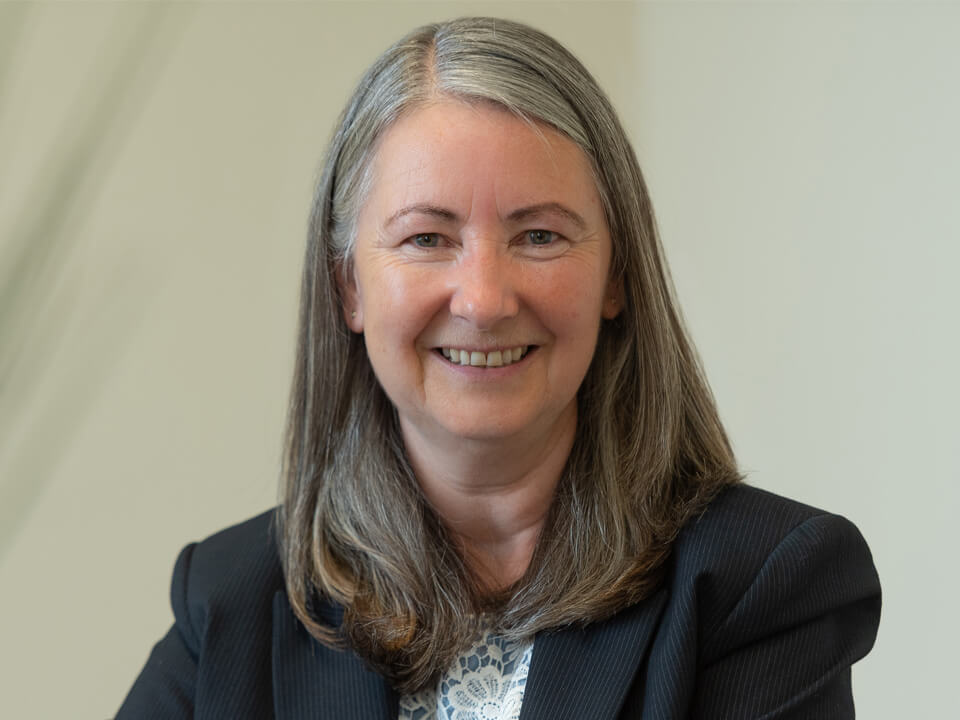How the gender gap even affects children’s pensions
We’re familiar with the gender gap in pensions for adults but there is evidence that this actually starts much earlier on. According to data from HMRC, parents and grandparents are more likely to save into a boy’s pension than a girl’s.
A Freedom of Information request by Hargreaves Lansdown revealed that 13,000 girls aged 15 or under had money paid into a pension for them in 2016/17 compared with 20,000 boys. The disparity means the pension gap can actually start from birth onwards.
This only exacerbates the situation as women are likely to have less in their pension due to the gender pay gap. Nest found men are twice as likely to be in the highest income bracket and women are three times as likely to be earning less than £10,000 per year, which is the auto enrolment threshold for a single job.
Women are also more likely to take career breaks or work part-time to bring up a family. Added to which, they are more likely to live longer and spend longer in retirement so, in reality, will need more in their pension pot than men.
Research in 2017/18 by the union Prospect found that the pensions gender gap equated to 39.9 per cent or a £7,000 gap in retirement income between women and men.
Hargreaves Lansdown has calculated that paying £100 per month into a child’s pension until the child reaches 18 can increase their savings by as much as £130,000 by retirement. Yet the cost is only £21,600 plus tax relief of £5,400. Forward planning pays off!
Someone without any earnings can pay up to £2,880 each year into a pension and receive 20 per cent tax relief (up to £720) so it’s possible for parents and grandparents to make a significant difference to a young person’s financial future by starting a plan early. An added advantage is that once the money is in a pension, it can grow without attracting capital gains tax.
It’s unclear why the anomaly between paying into boys’ and girls’ pensions has existed in the past. Some feel it may be because gifting has traditionally come from the baby boomer’s generation where men were more likely to have had the greater share of pension in retirement.
Whatever the reason historically, the current message is to use children’s pensions to give the younger generation a helping hand but to do it equally.
Subscribe to our newsletterPlease note that the information and opinions contained in this article are not intended to be comprehensive, nor to provide legal advice. No responsibility for its accuracy or correctness is assumed by Pearson Solicitors and Financial Advisers Ltd or any of its members or employees. Professional legal advice should be obtained before taking, or refraining from taking, any action as a result of this article.
This blog was posted some time ago and its contents may now be out of date. For the latest legal position relating to these issues, get in touch with the author - or make an enquiry now.





